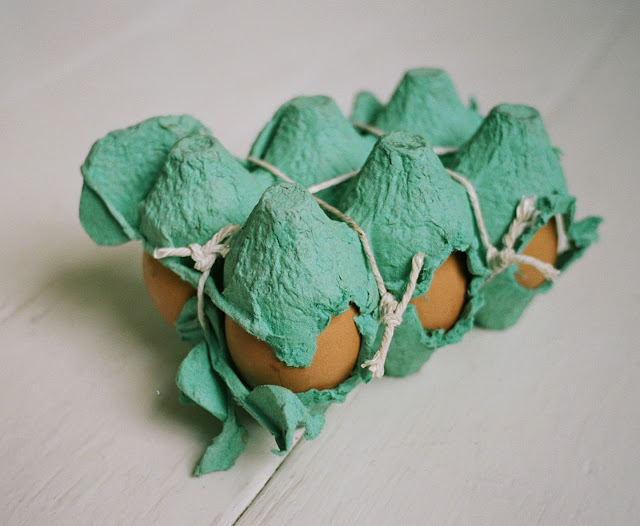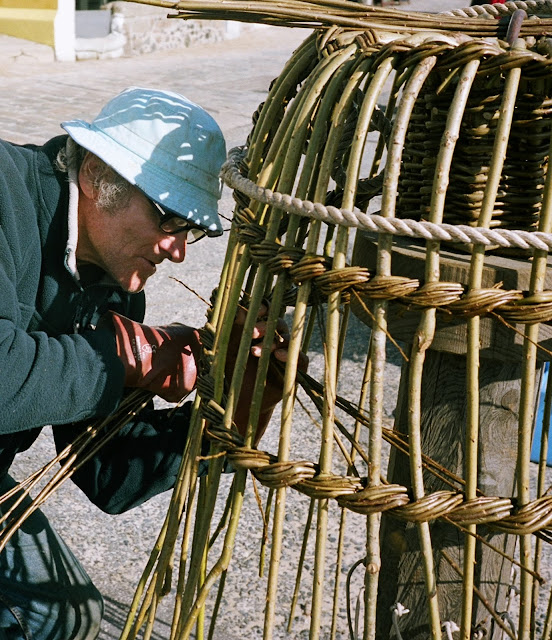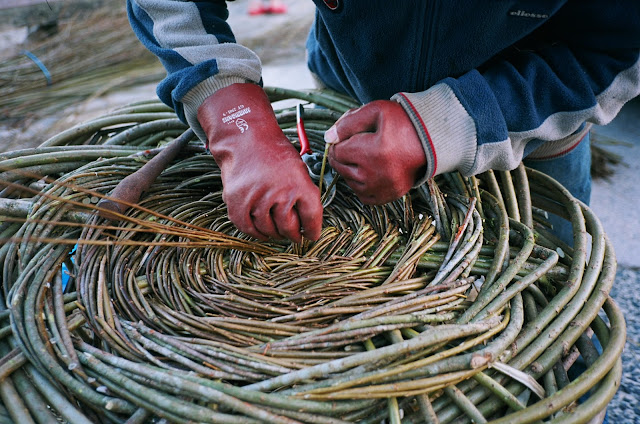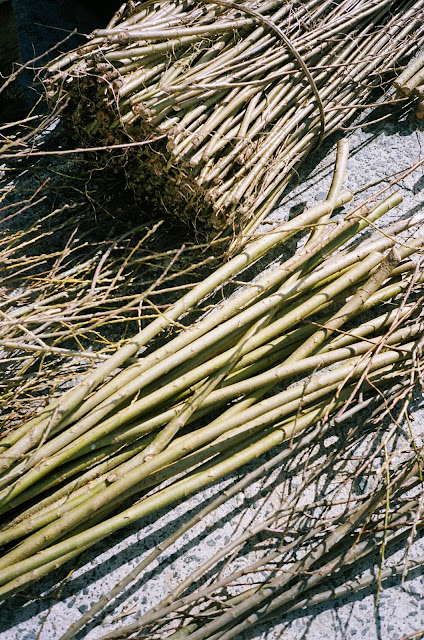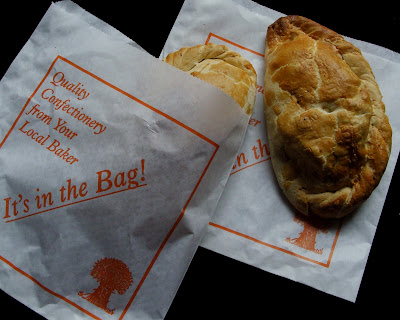 |
| Chanel Pop: Pop Bakery www.popbakery.co.uk/gallery |
V&A Connects is billed as "an exciting new programme for practitioners and professionals working in the Creative Sector", an opportunity for inspiration, networking and discussion. Under the lofty auspices of the Lydia and Manfred Gorvy Lecture Theatre, the mood was set for some serious debating on "The Past and Future of Food and Experimentation" as presented by the Experimental Food Society.
Lots of branding so far. Layers of reference through association - surface highly glossed reflecting back on the audience their own cultural capital. The speakers would cover the history of food since 9,000 BC to the future, which is apparently, according to food futurologist Dr Morgaine Gaye and her crystal ball (yes really), about eighteen months from now.
Our obsessive compulsion with fashion and trends makes the British highly suggestible in their capacity for food experimentation, especially in comparison to our more traditional European neighbours. Professor Roland Rotherham's double act with Simon Smith, butter sculptor and Master Chef, was more a live illustration of their collaborative book Simmering through the Ages, than an historical tour de force. Rotherham, although knowledgeable, lampooned himself as well as every other racial, social and national stereotype you would care to think of and in so doing detracted the focus from expertise to farce.
The recipes prepared by Smith lacked any real surprises and considering they were meant to demonstrate the diversity and modernity of ancient cuisine they failed to thrill. Limp parsley, coriander and pine nut salad and cold poached chicken with orange, lemon, capers and marinated anchovies. Admittedly Smith was limited by the health and safety regulations of the V&A but nonetheless, in such an arena one expects the food being prepared to at least look fresh and appetising.
Following on from them was Morgaine Gaye, food futurologist and senior lecturer at Nottingham Trent University. Her talk concentrated less upon the future of food and more upon the development of branded products and marketing. Food as commercial consumption as opposed to sustenance and pleasure, with a dose of Big Society ideology thrown in. Communal farming projects were seen as a reflection of our need for some form of ceremony in a deeply isolated and alienated world, this may be true but what about the genuine desire for provenance and authenticity spurred on by the suspicion of food manufacturing and its questionable processes?
By reducing her talk to a series of captions which appeared in a crystal ball on the video screen, the future Gaye predicted was more about trend forecasting, than any serious debate on the implications of future food security and sustaining levels of production for an ever increasing global population. Citing the demise of the cupcake with the imminent rise of the Alfajores, a processed biscuit from South America, could have been used as a metaphor for the demise in US global hegemony but economics and politics were the missing ingredients.
The speakers complimented each other and perhaps this is the remit of the Experimental Food Society, to keep it all content light, a ready meal of fast ideas intent on providing easily digestible entertainment as opposed to a slow, thought provoking, ideological critique of the past and future of food experimentation.
By ignoring the wider cultural and social implications of food history past and future - food remains, like fashion which it is so often compared to, ephemeral, superficial, and subject to the vagaries of our neomaniacal desires - that is our seemingly insatiable appetite for commodified novelty. The consumer is rendered as little more than a passive dupe, seduced by the powers of capitalism and unable to initiate any individual thought or action.






